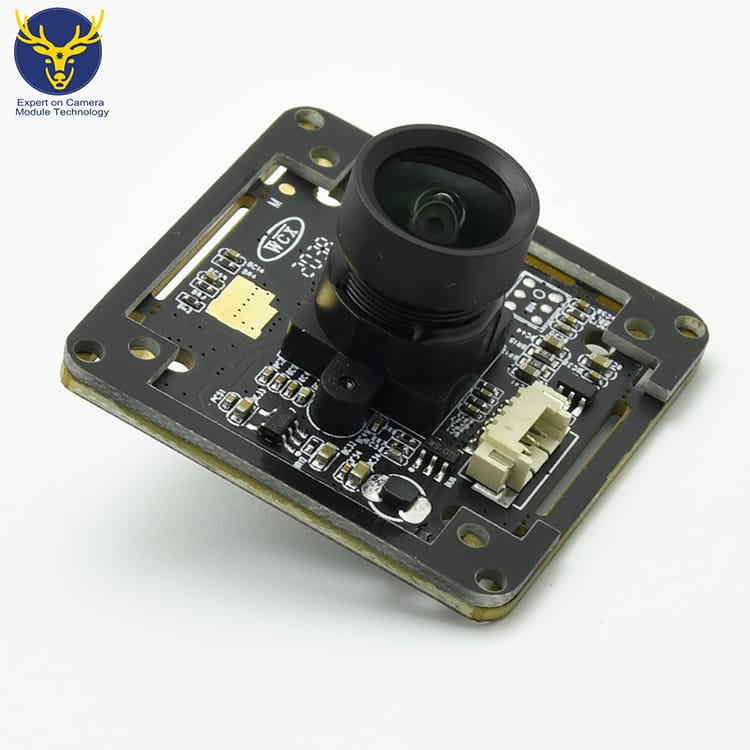Việc sử dụng các mô -đun camera Fisheye liên quan đến kết nối phần cứng, Cấu hình phần mềm, và các hoạt động chụp hoặc giám sát cụ thể. The following is a detailed guide to help you understand how to use the fisheye camera module:

Đầu tiên, hardware connection
Inspect the equipment:
Make sure that the fisheye camera module and its accessories (such as USB cables, brackets, vân vân.) are complete and intact.
Check whether the USB interface of the computer or other devices is available.
Connected device:
Insert the USB cable of the fisheye camera module into the USB interface of the module.
Insert the other end of the USB cable into the USB port of the computer or other device.
Fixed camera (if necessary) :
Use a bracket or screws to fix the fisheye camera module in the appropriate position to ensure that the camera can capture the image stably.
Thứ hai, Cấu hình phần mềm
Install the driver program:
For most fisheye camera modules, the operating system may automatically recognize and install the required drivers.
Nếu hệ thống không tự động cài đặt, please download and install the driver from the official website of the camera module manufacturer.
Mở phần mềm máy ảnh:
Sử dụng phần mềm hỗ trợ máy ảnh, such as video call software, photo-taking software, Phần mềm giám sát video, vân vân.
Select the fisheye camera module as the video input device in the software.
Định cấu hình cài đặt camera:
Adjust the parameters of the camera such as resolution, frame rate and exposure as needed.
Pay attention to checking if there is a correction option for fisheye distortion and try to enable it to obtain a more accurate image.
Thứ ba, shooting or monitoring operations
Preview screen:
Preview the images captured by the fisheye camera module in the software to ensure that the images are clear and free of shake.
Take photos or videos
Use the photo-taking or video-recording functions in the software as needed.
Pay attention to checking the shooting quality and make adjustments as needed.
Monitoring Settings (if used for monitoring) :
Set parameters such as the monitoring area and alarm conditions.
Ensure that the monitoring software can operate stably and regularly check the monitoring records.
Thứ tư, Precautions
Compatibility
Ensure that the fisheye camera module is compatible with the operating system of the computer or other devices.
Check whether the camera module supports the required performance parameters such as resolution and frame rate.
Power management
Nếu mô -đun camera yêu cầu nguồn điện bên ngoài, please ensure that the power connection is correct and sufficient.
Avoid using the camera module when the power is insufficient to prevent affecting the shooting quality or damaging the equipment.
Bảo vệ quyền riêng tư
When using the fisheye camera module, please ensure compliance with relevant laws, regulations and ethical norms.
Respect others’ privacy rights and avoid filming or monitoring others without permission.
Maintenance and care
Regularly clean the lens and housing of the fisheye camera module to keep it clean and in good condition.
Avoid exposing the camera module to harsh environments, such as high temperatures, humidity or places with a lot of dust.
In conclusion, the use of fisheye camera modules requires following steps such as hardware connection, Cấu hình phần mềm, and shooting or monitoring operations. Through reasonable configuration and operation, you can fully leverage the ultra-wide-angle shooting capability of the fisheye camera module to achieve high-quality image capture and monitoring.
